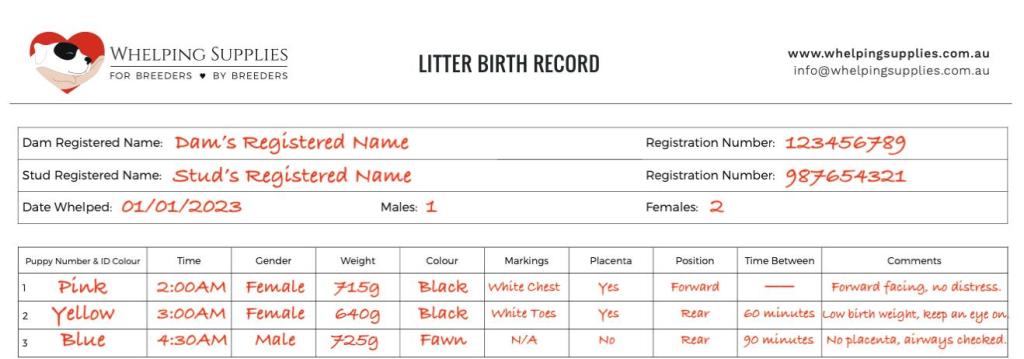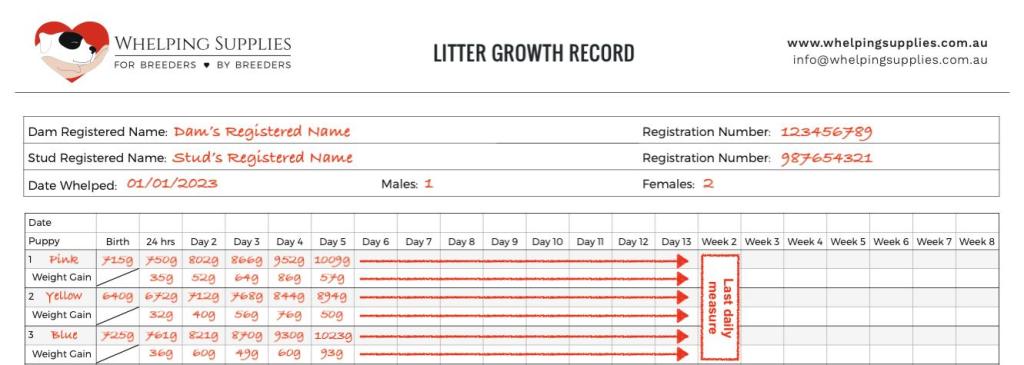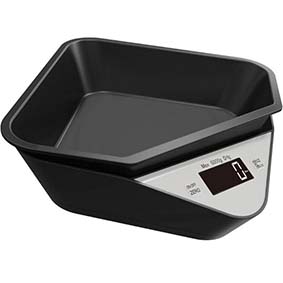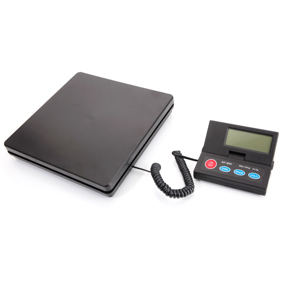Tracking Litter Weight and Growth
Track your litter’s growth from whelp.
Documenting the birth weight of each pup from your litter is an important first step in tracking their progressive weight gain. Following the individual weight gain of your puppies gives you an informed overview of the personal growth of each pup, which is crucial in providing you with the ability to identify puppies that are starting to fall behind. The average birth weight for your puppies will depend on the breed size. In addition, you will need to be attentive if you’re expecting a larger litter size, as there is a greater chance for puppies to be born with low or very low birth weight.
Puppies born with suboptimal weights will need additional monitoring as they have a higher risk of neonatal mortality. In these situations, weighing the puppies at whelp tells you who to keep an extra eye on and who may need additional feeding.

Weighing The Puppies
To weigh your puppies, we recommend scales with a 1 gram accuracy. Additionally, use these scales in a consistent routine for the first two weeks after the whelp. Include at least one weighing session for each of the puppies per day and ideally under the “same conditions”. For instance, you can weigh each puppy after being toileted but before being fed. This eliminates inconsistencies caused by full/empty stomach or gut and gives you the true weight of the puppy.
Ideally, you should see an average of 5-10% weight gain per day for your puppies. This will likely vary from one day to the next though. To help you track weight gain, we have developed FREE downloadable resources called “Litter Birth Record” and “Litter Growth Record“. Click on the links to download them! Below is a sample of the Litter Birth Record and how to use it.

Information such as the Dam’s and Stud’s Registered Name will help you keep a record of which lines you have used and how that litter was born and grew (including colour, birth weight, etc.). The more information you jot down here, the less you have to remember. Early morning whelps can make it challenging to recall information after a few hours into the whelp.
In the above snippet of the Litter Birth Record, we have used a breed with an average birth weight of 720g. The Pink and Blue puppy hover around this mark, but the second puppy born (Yellow) is below what we expected. This has been noted in the comments section for Yellow. Yellow need to be monitored closely, as puppies with lower-than-average birth weights are particularily vulnerable. They can have a reduced energy reserve, less vigour, and can struggle to compete for an available teat. This can lead to reduced or no milk and colostrum for them.
You can track the growth of your entire litter using the Litter Growth Record. Here’s a snippet of this record. Using this resource will allow you to have a history of the growth of your litter, ensuring that no one is stunting. We recommend you weigh your litter daily from birth until two weeks, then weekly after this.

We recommend having some colostrum and puppy milk supplements on hand in case of struggling or weak puppies. If the puppy is too weak to suckle on a nipple, you may have to intervene with tube feeding. You can find more information on tube feeding and how to perform it in our blog, “Tube Feeding Made Simple“.
Potential Causes of Limited Weight Gain
What are some reasons that your puppy may not be gaining sufficient weight? First, medical causes may inhibit or reduce your puppy’s ability to gain weight (e.g., intestinal parasites). To avoid this, worm your bitch ten days before the predicted whelping date and worm the puppies at 2 weeks and again at 4, 6, and 8 weeks. This worming schedule is designed to target the different stages and different “blooms” of intestinal parasites. If you have wormed but are still concerned about the reduced growth being correlated with intestinal parasites, arrange to see your veterinarian for assessment and advice.

If medical causes have been ruled out, the puppy may not get enough calories. Observe whether they are being “muscled out” of their nipple during feeding. Are they receiving the correct amount of milk if supplement feeding? For information about how much to feed, refer to the manufacturer’s instructions and description. If you are tube feeding, look at our blog “Tube Feeding Made Simple”. If you notice smaller puppies being pushed aside during feeding, consider having two rounds of feeding. One for the larger, stronger puppies and another for the smaller, shier puppies.
Long-Term Use of Growth Charts
As mentioned before, having a growth chart with additional information, such as the parents, keeps a log of which sire or bitch you have used, the colours and birth weight of the pups, and if there was anything odd or noteworthy of the whelping process and litter. Archiving these weight gain records can help establish an average birth weight and weight gain trend for your breed or breeding line. Therefore, storing a paper copy or keeping track of a digital copy of your litter growth record can help identify abnormal trends in your puppy’s weight gain.
Final Thoughts
We should now recognise the importance of tracking weight gain and how it can allow us to catch things before they become a problem. To help you track weight gain, we have developed a FREE downloadable resource called “Litter Growth Record“, and we invite you to use this resource for your next litter.











Leave a reply